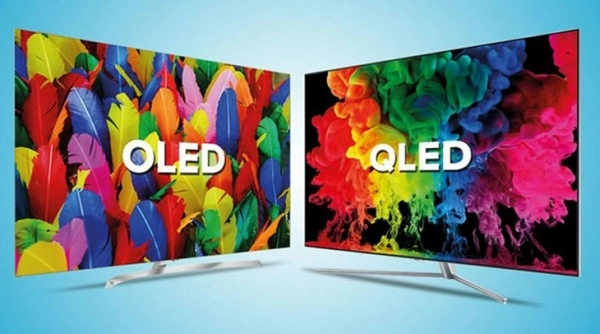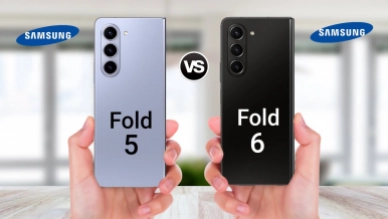OLED vs QLED: Which TV Should You Choose for Your Living Room?
Currently, the market offers a plethora of TV options with varying image technologies, leaving consumers unsure of which to choose. Two of the most popular technologies today are OLED and QLED. So, what are the differences between OLED and QLED, and which one suits your needs?
Comparing OLED and QLED TVs
1. Definition
- OLED TV: OLED stands for Organic Light Emitting Diode, which uses organic compounds that emit light when electricity is applied.
- QLED TV: QLED stands for Quantum Dot LED, utilizing quantum dot technology to emit light.
2. Screen Design
Both OLED and QLED TVs are designed to be slim and compact. Some high-end QLED models are praised for their more attractive and standout designs compared to OLED TVs.

3. Backlight Mechanism
- OLED TVs: Emit light directly from each pixel without the need for a backlight or color filters.
- QLED TVs: Use a backlight that shines through a layer of quantum dots, which then emit light to produce high-quality images with bright and vibrant colors.

4. Image Technology
| OLED TVs | QLED TVs | |
| Brightness | Use individual pixels to create light, offering good brightness but not as high as QLED TVs. | Utilize a backlight and quantum dots to achieve higher brightness levels. |
| Black Levels | Each pixel can turn off completely to achieve perfect black levels, resulting in excellent contrast. | Some light leakage may occur as the backlight is always on, so black levels are not as perfect as those on OLED TVs. |
| Color Accuracy and Range | Offer relatively good color accuracy and range. | Quantum dots enhance color accuracy, brightness, and range slightly better than OLED. |
5. Energy Efficiency
Due to the ultra-thin OLED panels and the absence of a backlight, OLED TVs are lighter, thinner, and more energy-efficient than QLED TVs.
6. Uniformity and Viewing Angles
- OLED TVs: Offer nearly perfect uniformity and maintain quality from all angles, thanks to their excellent black levels and contrast.
- QLED TVs: May exhibit some issues with uniformity and color loss at off-angles due to the backlight and less perfect black levels.

Should You Buy an OLED or QLED TV for Your Living Room?
Both OLED and QLED TVs have their own advantages and disadvantages, catering to different customer needs.
- QLED TVs: If you're looking for a more affordable option with diverse models, eye-catching designs, and suitability for any space, QLED is a great choice.
- OLED TVs: Ideal for larger, more luxurious spaces, offering perfect black levels and better energy efficiency, but at a higher price point.
Ultimately, the choice between an OLED and QLED TV depends on your preferences and budget. Generally, OLED TVs are priced from around $1000, while QLED TVs start at approximately $480. Consider your needs and financial situation before making a purchase.
Submit feedback
Your email address will not be made public. Fields marked are required *
Search
Trend
-
What is Black Myth: Wukong? Detailed Guide on System Requirements and Gameplay
08-21-2024 . 1k view
-
The simplest and fastest way to log into the Chinese TikTok, Douyin.
01-10-2022 . 1k view
-
Blog sites that will accept AI generated content
07-26-2024 . 1k view
-
Call of Duty: Black Ops 6 - Intense, Mysterious, and Surprising Warfare
09-02-2024 . 1k view
-
The "End of Life" for Windows 10: A Massive E-Waste Threat and Sustainable Solutions
08-18-2024 . 941 view











0 feedback